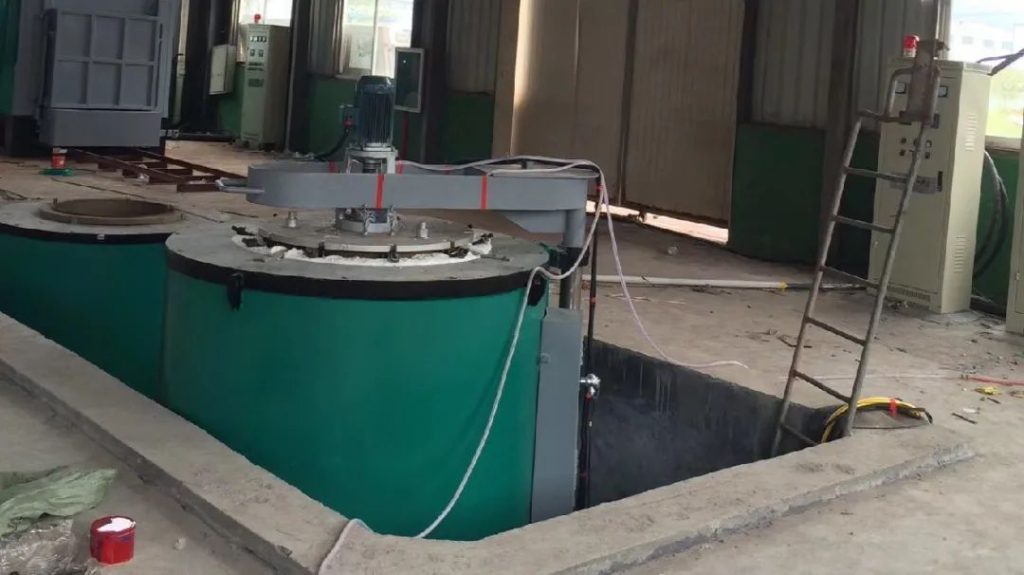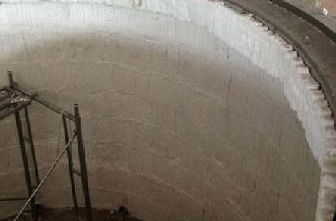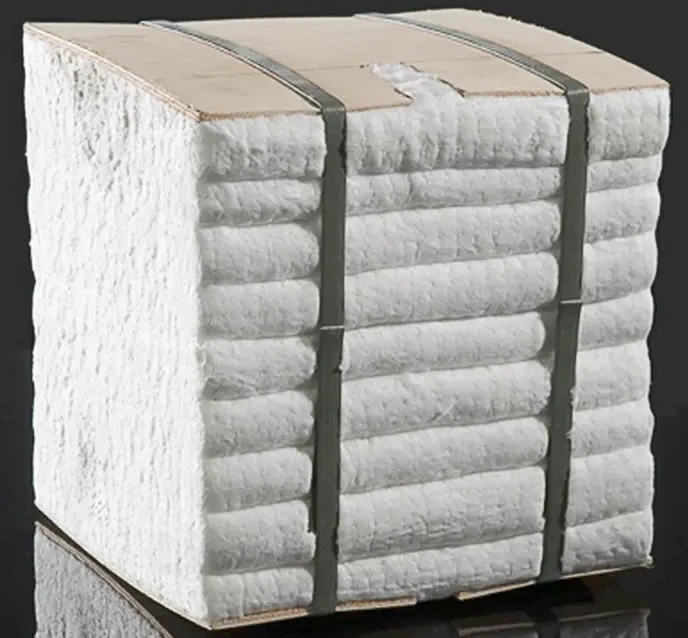Ceramic Fiber Insulation Scheme for Pit-type Carburizing Furnace
Table of Contents
Overview of Pit-type Carburizing Furnace
- The carburizing furnace is a new type of energy-saving cyclic operation heat treatment electric furnace mainly used for carburizing steel parts. It is utilized for the heat treatment such as normalizing, quenching, and tempering of long-bar-shaped components like gun barrels, steam turbine main shafts, generator rotors, and ship diesel engine main shafts.
- The structure of the pit-type carburizing furnace consists of a cylindrical deep well where the components are vertically loaded into the furnace using specialized cranes.
- The furnace temperature for the pit-type carburizing furnace is generally around 850°C.

Insulation Scheme for Pit-type Carburizing Furnace
(1) Insulation of the Refractory Furnace Wall of the Pit-type Carburizing Furnace
The total insulation thickness is 300mm, consisting of a composite furnace lining structure from the hot surface to the cold surface, comprising ceramic fiber module with a thickness of 270mm of high purity; the backing layer consists of two layers of compressed ceramic fiber blankets with a thickness ranging from 20mm to 30mm.

(2) Insulation of the Refractory Furnace Bottom of the Pit-type Carburizing Furnace
Adopting a module+layered blanket furnace lining structure, with a total thickness of 250mm, from the hot surface to the cold surface, the modules are arranged in sequence (with a thickness of 200mm), and the layered blanket is arranged in layers (with a thickness of 50mm).
(3)Points to Note:
- The ceramic fiber module are fixed in a combined structure using herringbone frames and tie rods. While temperature and pressure measurements can be performed on the fiber furnace lining by on-site drilling, the detailed design of the furnace lining should avoid the positioning of anchor nails in the drilled areas.
- After the installation of all ceramic fiber modules in the pit-type carburizing furnace, it is necessary to spray Anchor-Tech high-temperature curing agent on the fiber surface to form a hard protective layer capable of withstanding wind speed erosion and fuel chemical corrosion.
Advantages of Using Ceramic Fiber as Lining in Pit-type Carburizing Furnace
Array-type with Compensation Blanket to Prevent Through Cracks: The arrangement method of ceramic fiber modules follows an “array-type” approach, where high-purity ceramic fiber blankets are folded and compressed between each column of ceramic fiber modules to compensate for the possible shrinkage of non-expanding fiber surfaces, thereby avoiding the occurrence of through cracks as seen in the “mosaic floor-style” arrangement. The compensation blanket is strongly pressed into the fiber module at the furnace wall position, eliminating the need for nail fixation.
Rhombic Form of Ceramic Fiber Modules to Reduce Heat Bridges: Modules are anchored with fixtures on the cold side. They are not directly exposed to the working hot surface, reducing heat bridge formation and lowering the material grade of the anchoring fixtures, thereby reducing their cost. This method simultaneously enhances the resistance of the fiber lining against erosion caused by airflow.
Thermally Responsive Fiber Lining Ensures Uniform Carburizing: The high thermal sensitivity of the ceramic fiber lining enables better adaptation to the automatic control systems of industrial kilns. This characteristic promotes uniform furnace temperature, rapid heating, excellent insulation, accelerated carburizing of workpieces, uniformity of carbon potential atmosphere, and a consistent carburized layer. Even with increased furnace pressure, there is no leakage, thereby enhancing both production efficiency and carburizing quality.




